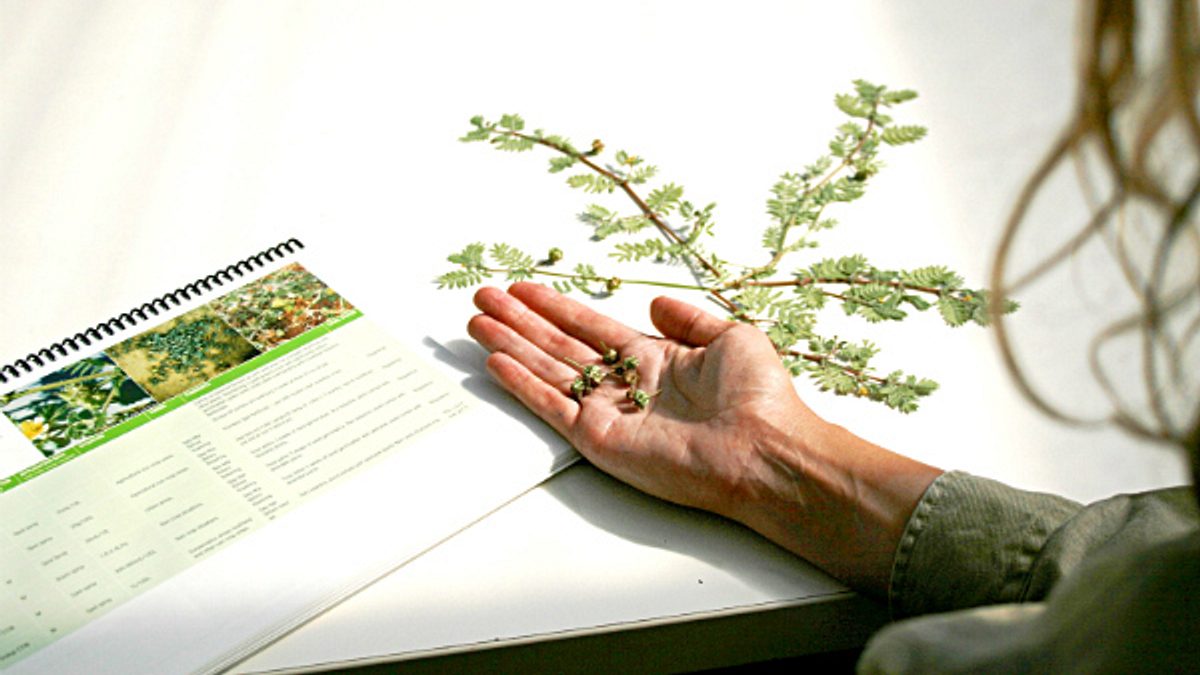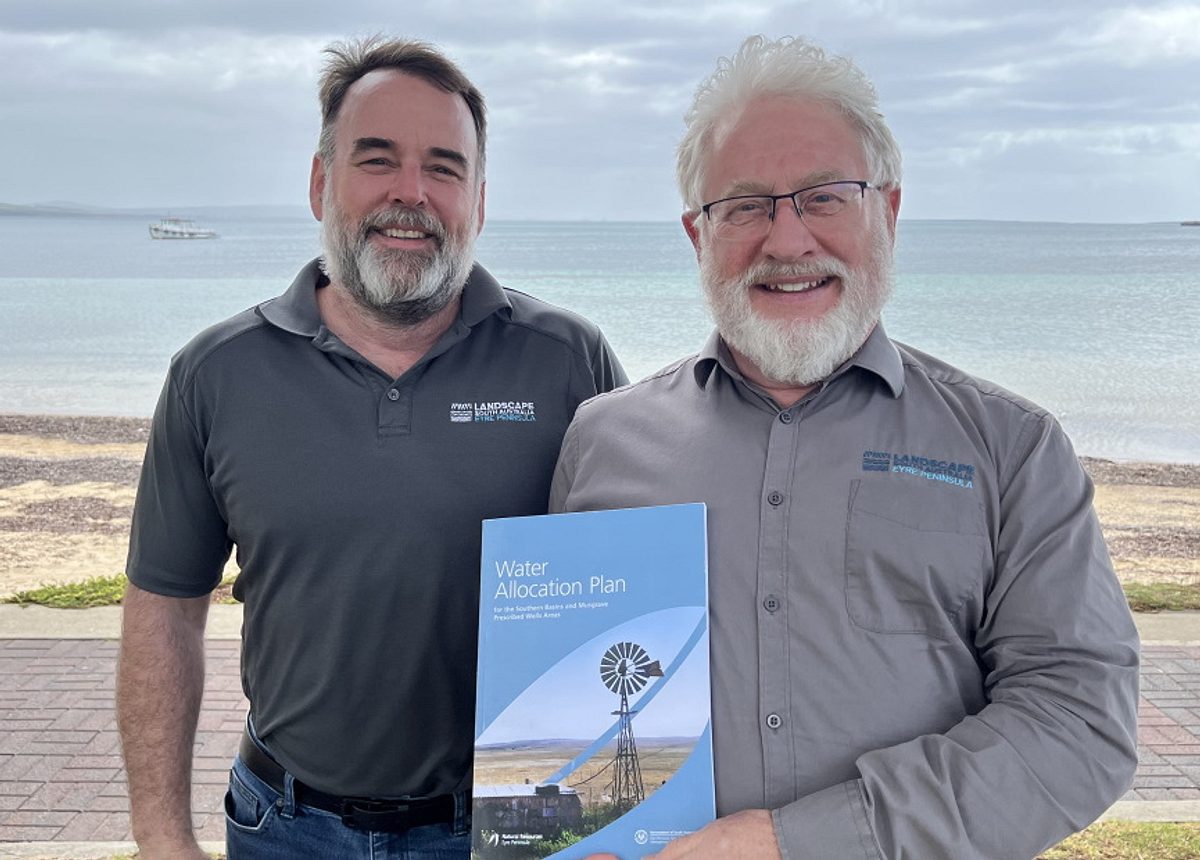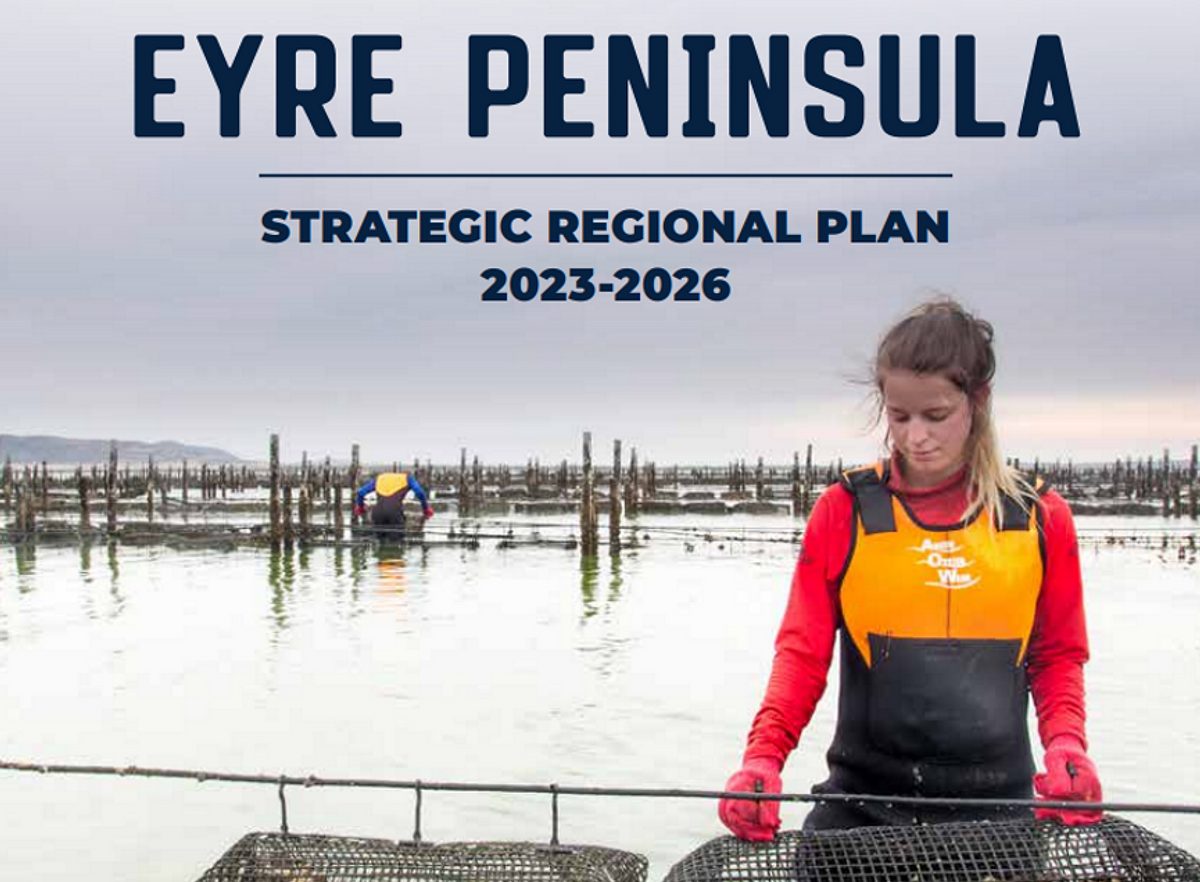Controlling caltrop
Summer rains have seen the pesky prescribed weed caltrop popping up at several hotspots including Tumby Bay, Coulta and other locations around southern Eyre Peninsula.
Caltrop grows flat along the ground, stemming from a central tap root to about 1m long.Leaves are oppositely arranged and flowers are yellow. Flowers then turn into woody burrs with sharp rigid spines which split into five wedge-shaped segments when ripe.
Natural Resources Officer Kate Brocklehurst said that caltrop (Tribulus terrestris) is a declared South Australian weed and it is a landholder’s responsibility to control infestations found on private land.
"The hard spiky thorns, contain 20 seeds which could mean as many as 8,000 seeds are generated from a single plant.Seeds can remain viable under the soil for years, so when removing caltrop you must try and collect all the thorns. Pay particular attention to bare areas like gravel car parks, footpaths, sheep yards and vineyards.” Kate said.
Caltrop is especially prevalent after summer rains, and is well known especially in the Tumby Bay, Port Lincoln and Coulta areas.
Caltrop control is important as burrs of the weed can damage the feet of animals and injure humans. They are a particular nuisance in amenity areas like parks and in can be hazarous to livestock, damaging the feet mouth, stomach and intestines of animals. Caltrop is toxic to sheep and may present similar problems to native fauna.
“By controlling this weed on your property you can help prevent the spread, protect local farming industries and keep sports fields and public places free of this unwanted prickly invader,” Kate said.
"Small caltrop infestation can be physically removed by grubbing or digging plants from the central tap root. It is important the weed is bagged and placed in the red bin, not the green bin, this will prevent the spread of the weed. If a bin service is unavailable incineration is also a good option. Large infestations of caltrop are best controlled with herbicide however, it is essential that the weed is targeted before seed germination,” Kate said.
Information regarding control, herbicide selection and application rates are available from your local natural resource centre or by watching a video online at: www.landscape.sa.gov.au/ep/plants-and-animals/pest-plants-and-animals/pest-plants
Now is also a good time to keep an eye out for Khaki weed, Innocent weed and any other declared pest species on your property. For advice regarding control or identification of this pest species please contact your local Natural Resources Officer Kate Brocklehurst on phone 8688 311.



